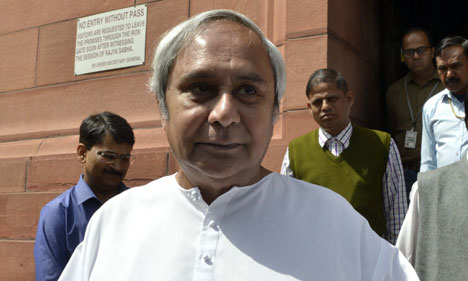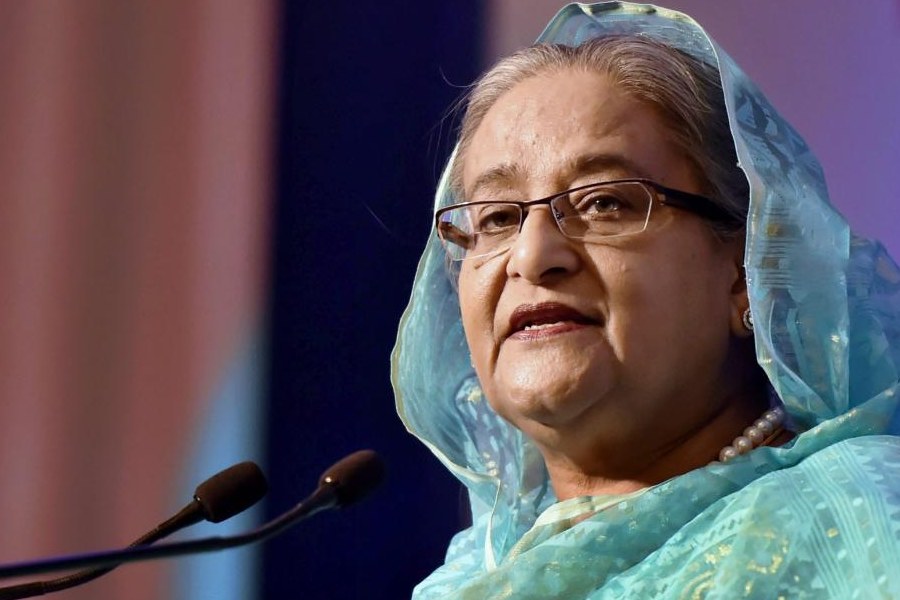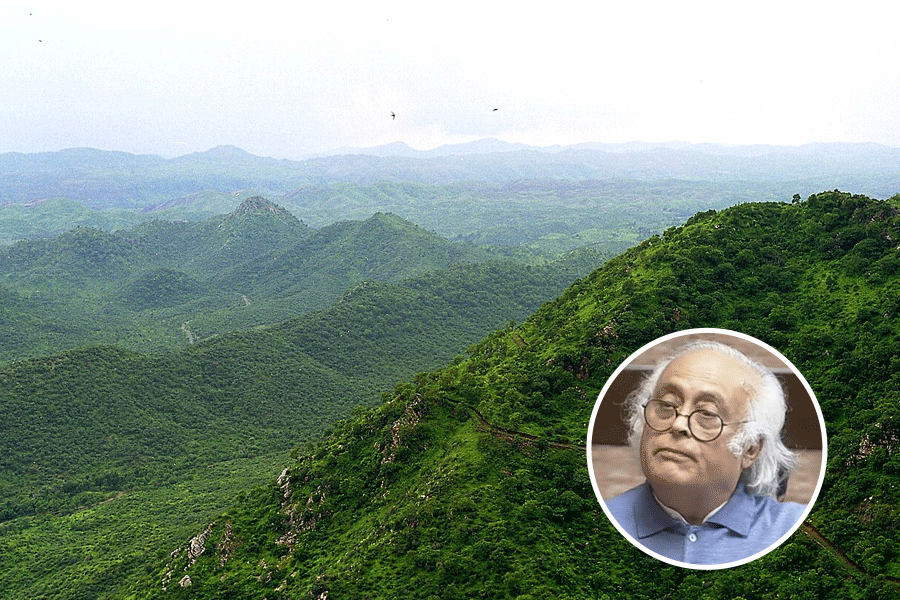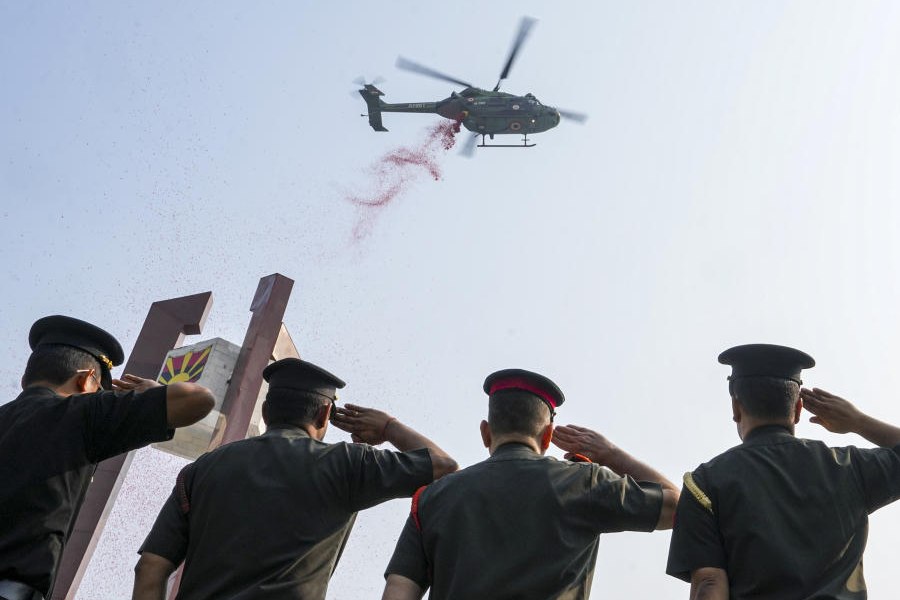
Saralpara (India-Bhutan border): Since the 1990s, Anarshi Iswary and nearly 500 other farmers from five villages here have been joining hands every Wednesday during the monsoon to build, repair or rebuild a makeshift stone dam on the Saralbhanga, flowing down the hills of Bhutan about 4km away.
The Sarpang district administration in Bhutan gives permission with a condition: no digging of the riverbed.
The nine-foot-tall dam they build in the middle of the river allows the villagers to divert the water through the dongs (traditional irrigation channels) to their villages, situated around five feet higher on the Indian side.
This season, however, Iswary is worried that the irrigation system could be affected by the increasing stone mining in the river by Bhutan.
"The way they are extracting the boulders, it will increase the current and the flow of silt in the river," Iswary, a 55-year-old Bodo farmer from Sonapur village, told The Telegraph. "The strong current will break our dam as we are not allowed to use cement, and the silt will clog our dongs and destroy our paddy fields, turning them barren."
Iswary pointed to the three excavators at work in the river. This correspondent witnessed large-scale stone mining on the Bhutan side of the river.
India's forest department considers the 5,000-odd Bodo, Adivasi, Nepali, Rabha and Garo families living in the Ultapani reserve forest as encroachers, said Dhan Kumar Gurung, a Nepali farmer. "So, we don't get (Indian) government help in irrigation," he said.
Bhutan allows the farmers to irrigate their fields, where they grow paddy, ginger, pineapple and betel nuts. Many use the water for drinking as well.
"We are completely dependent on the Bhutanese river. Unless the stone mining is checked, we shall starve," Gurung said.
Flash floods in Bhutan's Sarpang district in 2016 had wreaked havoc in downstream areas in Assam's Kokrajhar and Chirang districts, with the excessive silt turning large tracts of farmland into desert.
The silt flow was so huge that the hundreds of farmers in Patgaon, located around 30km to the north and close to National Highway 31, cannot cultivate paddy even now.
"After the flash floods, Bhutan tried to divert the river. The villagers here were so worried that they wanted to block the road to Bhutan. But they dropped the plan after we took the issue up with the Sarpang district administration," said Raju Kumar Narzary, executive director of the Northeast Research and Social Work Networking, a Kokrajhar-based NGO.
"The silt from the Saralbhanga and other Bhutanese rivers is a cause for concern in the BTAD (Bodoland Territorial Areas District). If the two countries don't settle the issue, it can lead to a conflict."
Social activist Pratibha Brahma said the problem could become serious as 56 rivers flow down from Bhutan to the BTAD and other places in western Assam.
"Unscientific stone mining and construction might play havoc with the lives and livelihoods of the people living downstream. A joint team of experts from Bhutan and India should study and address the problem."
With the rains already causing devastation in some parts of Assam, farmers here are worried. "Last year we had to reconstruct the dam 25 times because of severe floods," Iswary said.
A Kokrajhar district official said that Bhutan shared rainfall data every monsoon season to facilitate early flood warning in the downstream areas of Assam, but there was no mechanism to check silt flow and stone mining.
The Bhutan consulate in Guwahati did not reply to calls or text messages.










